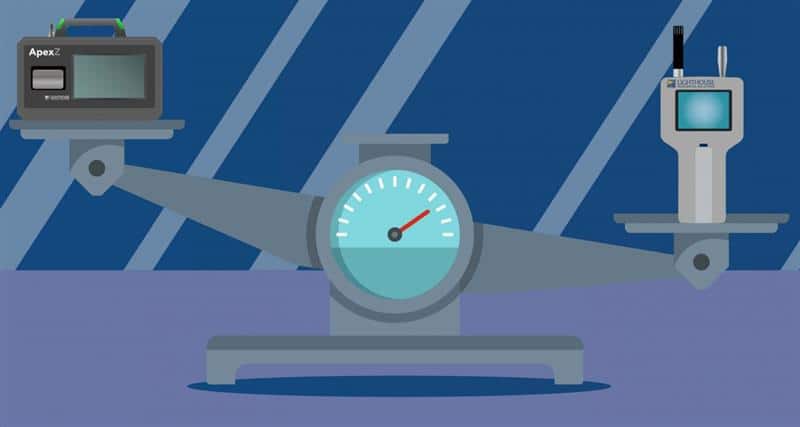In our rapidly evolving world, environmental monitoring has become a critical aspect of safeguarding our planet’s health. From air and water quality to soil conditions and climate patterns, the data collected through environmental monitoring systems provide valuable insights that guide policies, research, and decision-making. However, the accuracy of these measurements is paramount, and that’s where calibration comes into play.
Understanding Calibration
Calibration is the systematic process of adjusting and standardizing measurement instruments to ensure their accuracy and reliability. In the realm of environmental monitoring, calibration is indispensable as it ensures that the data collected truly reflects the conditions being measured. Without proper calibration, measurements can be skewed, leading to misleading interpretations and, ultimately, misguided actions.
The Calibration Process for Environmental Monitoring Systems
The calibration process involves several key steps to guarantee the accuracy of measurement instruments:
Reference Standards: Calibration begins with reference standards – devices that are precisely and accurately measured traceable to international standards. These standards provide a known value against which the instrument under calibration is compared.
Comparison: The instrument being calibrated is then compared to the reference standard. Any discrepancies between the instrument’s readings and the known values are identified.
Adjustment: If discrepancies are found, adjustments are made to the instrument to align its measurements with the reference standards. This can involve altering electronic settings, mechanical components, or other relevant parameters.
Testing: After adjustments, the instrument is tested again to ensure that its measurements now align with the reference standard’s values. This step helps verify the effectiveness of the calibration adjustments.
Documentation: Proper documentation of the calibration process is crucial. This includes recording the instrument’s initial readings, any adjustments made, and the final calibrated values. Documentation serves as an audit trail for quality control and accountability.
Regular Calibration: Environmental monitoring systems should be calibrated regularly to account for wear and tear, environmental conditions, and any other factors that might affect their accuracy over time.
The Importance of Calibration
The significance of calibration in environmental monitoring cannot be overstated. Here’s why it matters:
Data Accuracy: Accurate data is the foundation of meaningful insights and informed decision-making. Calibration ensures that the data collected truly reflects the state of the environment.
Quality Assurance: Calibrated instruments contribute to quality assurance by reducing the risk of erroneous measurements. This is particularly crucial in fields where minor deviations can have significant consequences, such as in air quality monitoring in sterile environments; particle counts outside control limits can cause entire batches to be destroyed.
Regulatory Compliance: Many environmental monitoring processes are subject to regulatory standards. Calibrated instruments help organizations meet these standards and demonstrate their commitment to accurate reporting.
Scientific Credibility: Reliable data is essential for scientific research. Calibrated instruments enhance the credibility of research findings and contribute to the overall advancement of environmental sciences.
Our Commitment to Calibration Excellence
At LWS, we recognize the paramount importance of calibration in environmental monitoring. Our calibration procedures adhere to rigorous industry standards and best practices. Here’s how we ensure accuracy and reliability:
Traceable Standards: We use reference standards that are directly traceable to international measurement standards, ensuring that our calibration process is anchored in accuracy. Our A2LA-accredited calibrations have proven traceability to NIST.
Experienced Professionals: Our calibration process is executed by experienced technicians who understand the intricacies of different environmental monitoring instruments and their calibration requirements.
Regular Maintenance: We emphasize regular calibration and maintenance schedules to account for variations over time. This proactive approach minimizes the risk of inaccurate measurements due to instrument drift.
Comprehensive Documentation: Every step of our calibration process is meticulously documented, from initial measurements to adjustments and final calibrated values. This documentation serves as a transparent record of our commitment to quality.
In conclusion, calibration is the linchpin of accurate environmental monitoring. Without it, the data collected loses its reliability and utility. As environmental monitoring experts, it is our responsibility to ensure that the data we generate is of the highest quality. At LWS, our commitment to calibration excellence underpins our mission to provide accurate and reliable environmental monitoring solutions that contribute to quicker, more reliable, and more actionable data.
Contact us for more information


